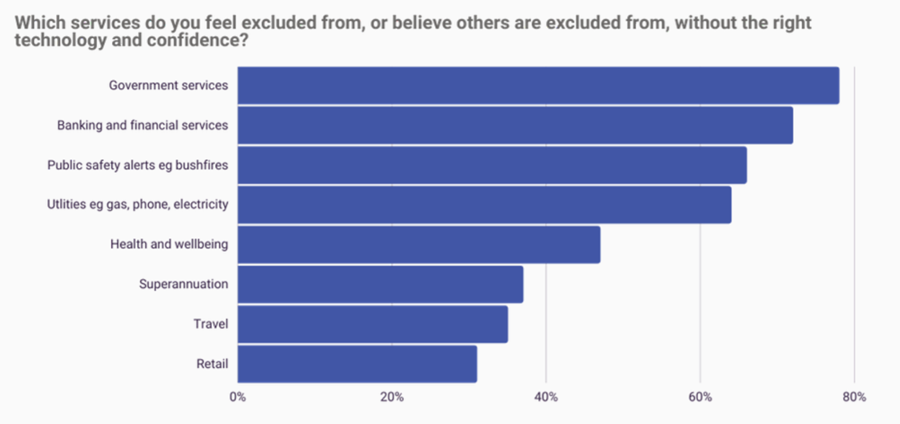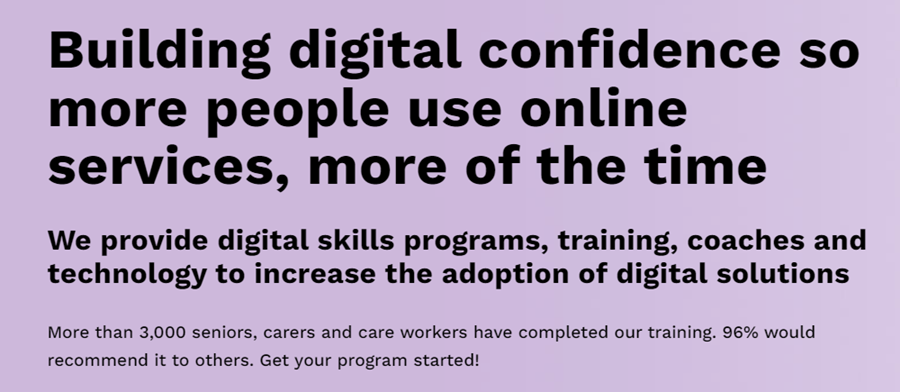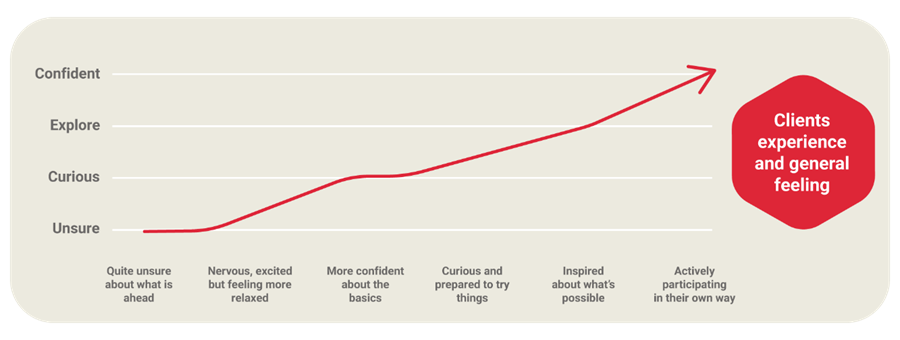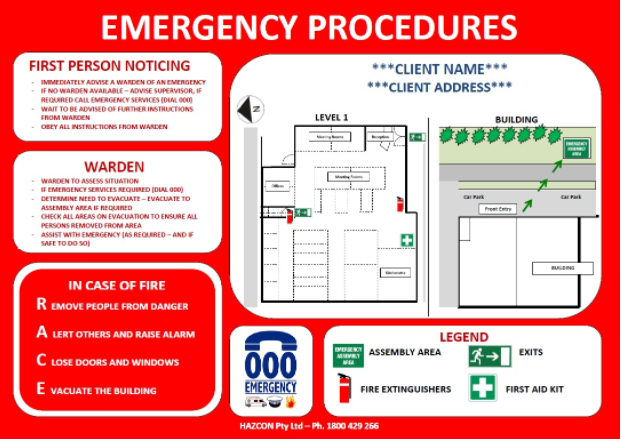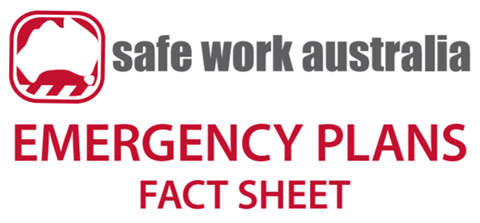For the second successive year land lease community, rental village and tourism park operator Ingenia Communities has ranked second in the 2021 Chief Executive Women (CEW) Senior Executive Census for companies listed on the Stock Exchange.
For the second successive year land lease community, rental village and tourism park operator Ingenia Communities has ranked second in the 2021 Chief Executive Women (CEW) Senior Executive Census for companies listed on the Stock Exchange.
The census, which tracks gender balance and female representation of Australia’s largest publicly listed companies.
“Women compromise more than one-third of our Company Board and two-thirds of our executive leadership team,” said Ingenia CEO Simon Owen. “Our experience is that it is in every company’s best interest to ensure diversity both in representation and in ideas and thinking – it can have a significant impact on your ability to innovate and grow, and ultimately your bottom line.”

The push to acquire and nurture female talent in Ingenia comes from a top-down approach led by retirement village veteran and Ingenia Chairman Jim Hazel, who for many years has mentored prospective female directors through the Australian Institute of Company Directors (AICD).
Ingenia Chief Investment Officer and General Counsel, Natalie Kwok (pictured above), is one executive who was developed through internal channels.
“The company has always taken a merit and capability-based approach. I am really grateful for the fact that I was not pigeonholed in one field – with Ingenia if you are good at your role, you get opportunities to grow and succeed,” she said.
This is also great news for Village Professionals to grow with an industry that recognises executive talent and supports a clearly defined career path. The DCM Institute is the perfect vehicle in taking those first steps, on an evolving professional development journey.




